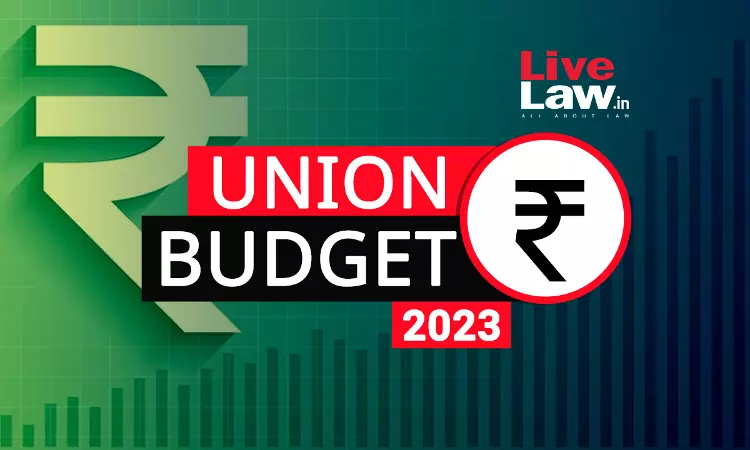Rebate Rate Hike, Slab Changes Applicable Only In New Tax Regime: Know The Difference
Mariya Paliwala
2 Feb 2023 4:29 PM IST

Next Story
2 Feb 2023 4:29 PM IST
In her Budget 2023-24 speech, Union Finance Minister Nirmala Sitharaman has announced that the increase in the income tax rebate limit from Rs. 5 Lakhs To Rs. 7 Lakhs in the new tax regime. For the middle class person, the proposal under the new income tax regime has been a huge relief. This would mean that an individual with an annual income of up to Rs 7 lakh will not be required...
